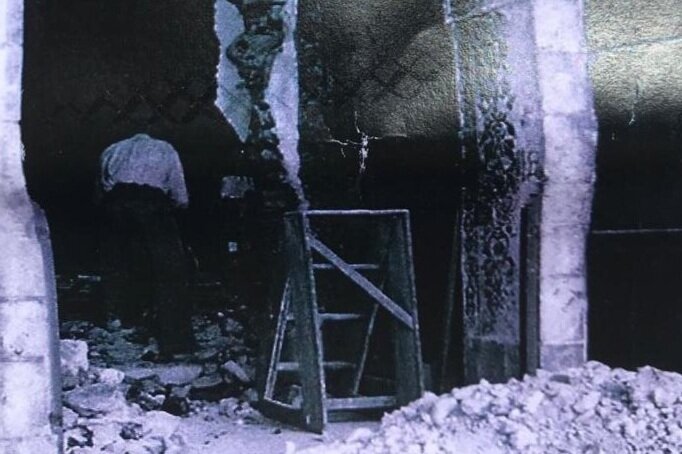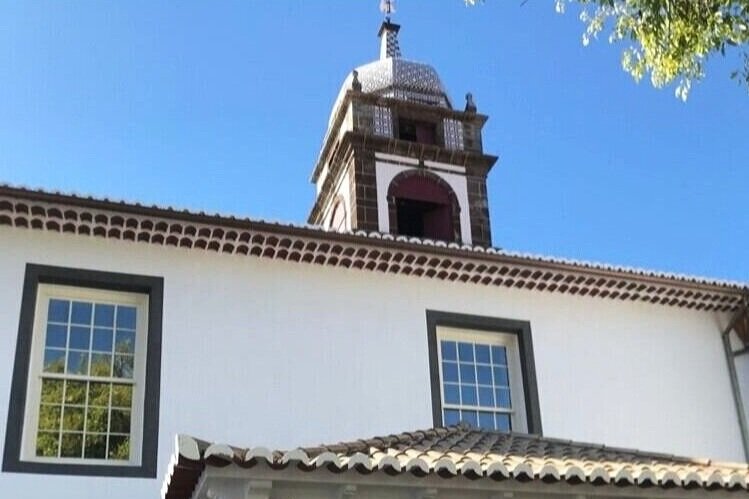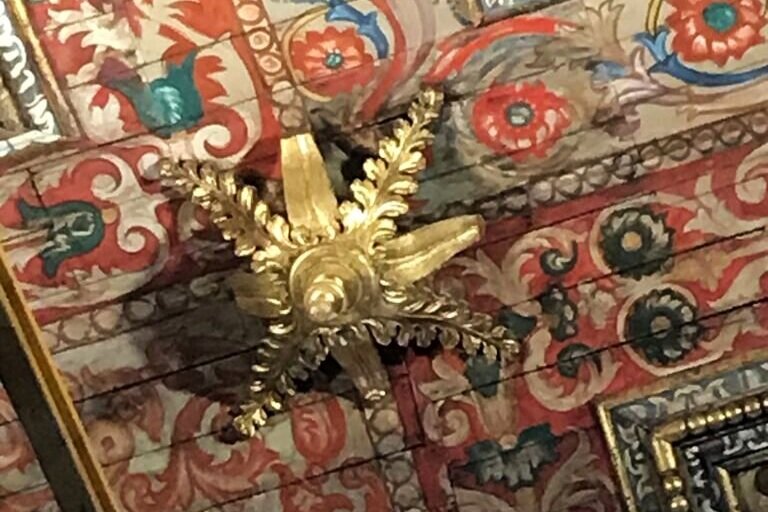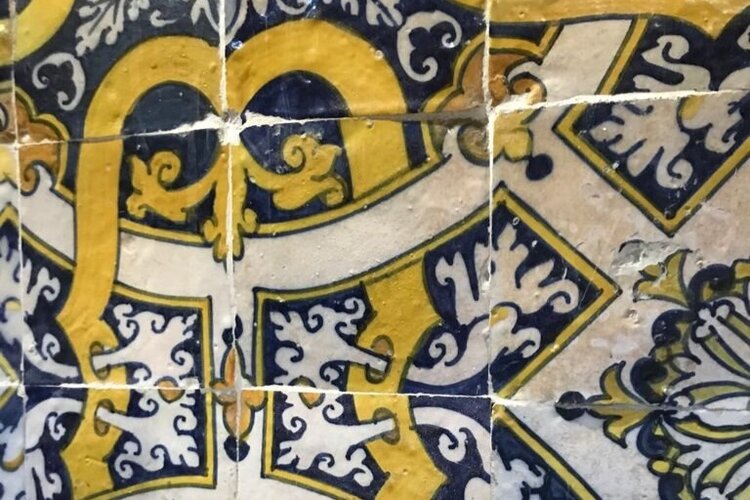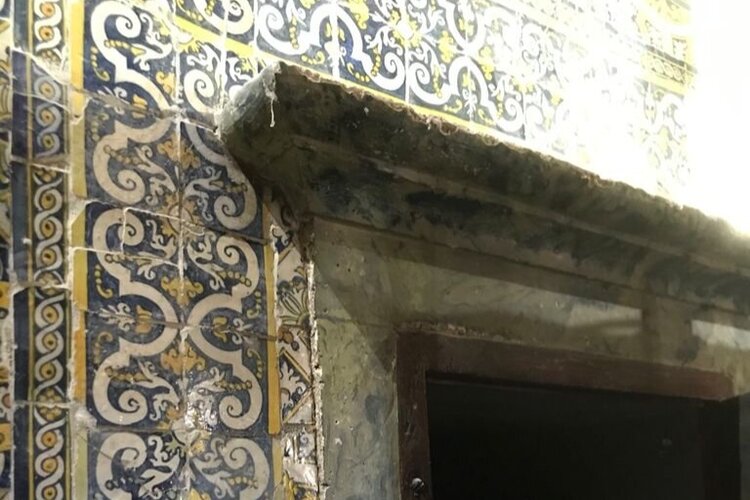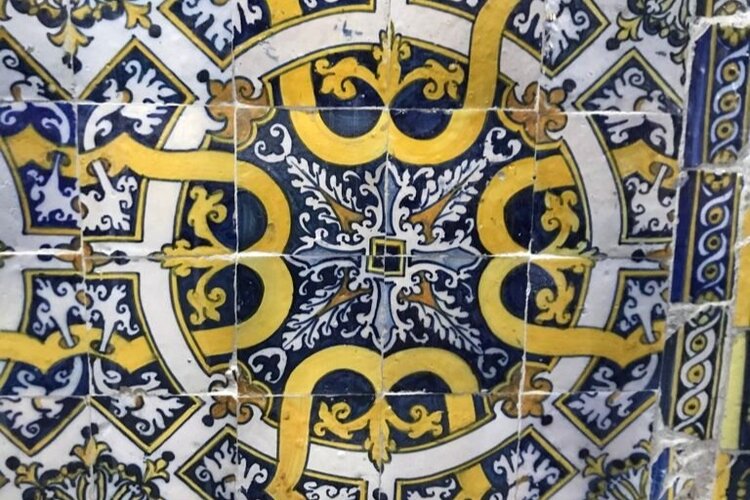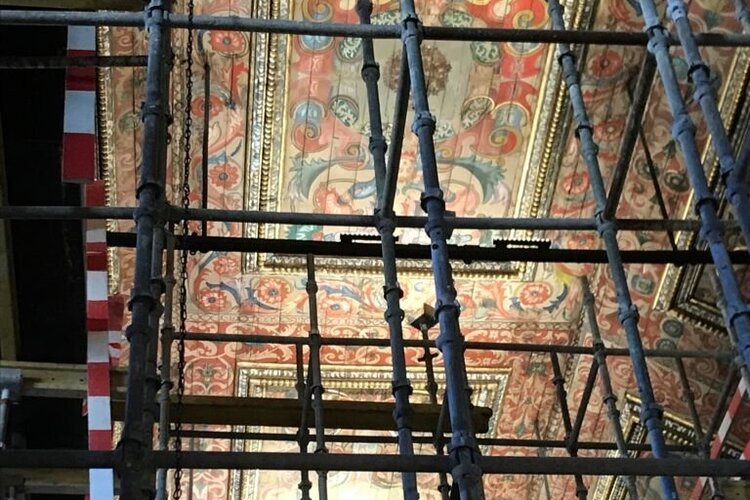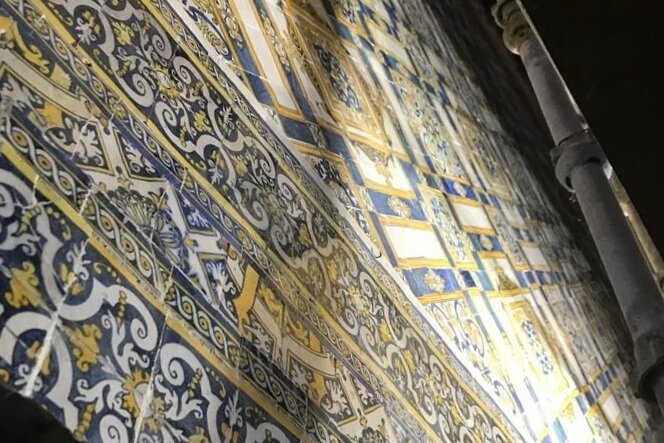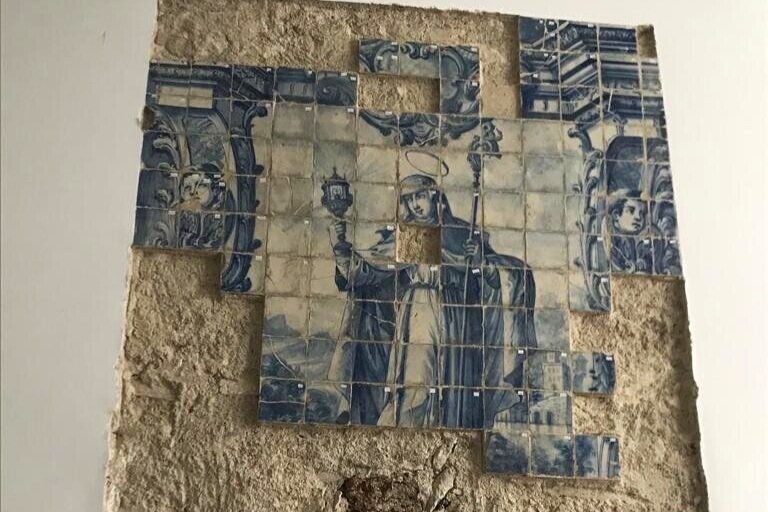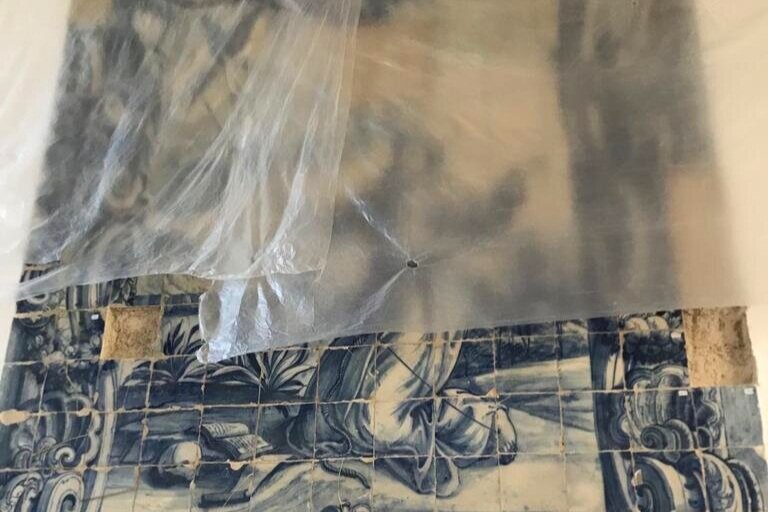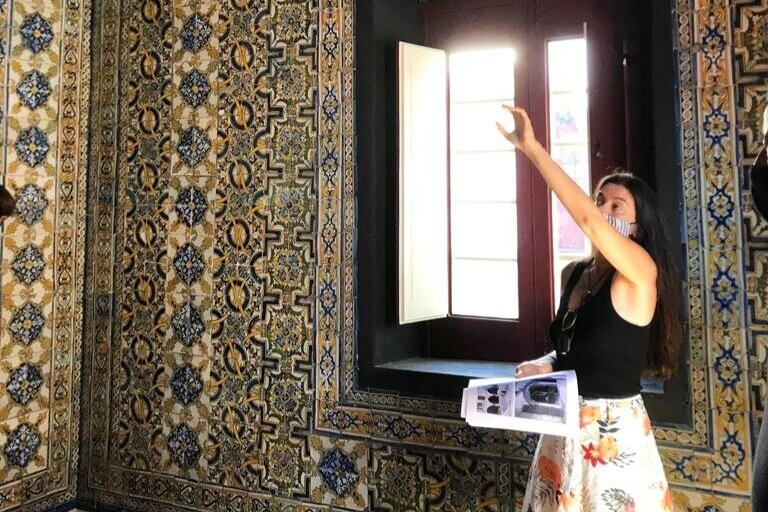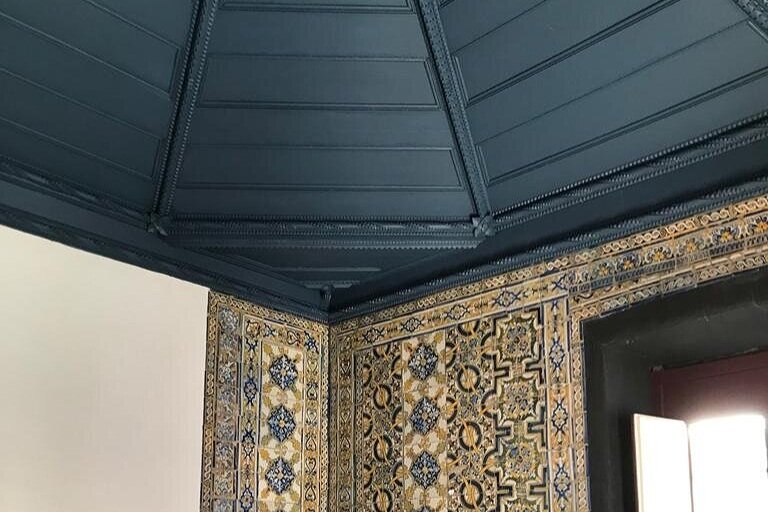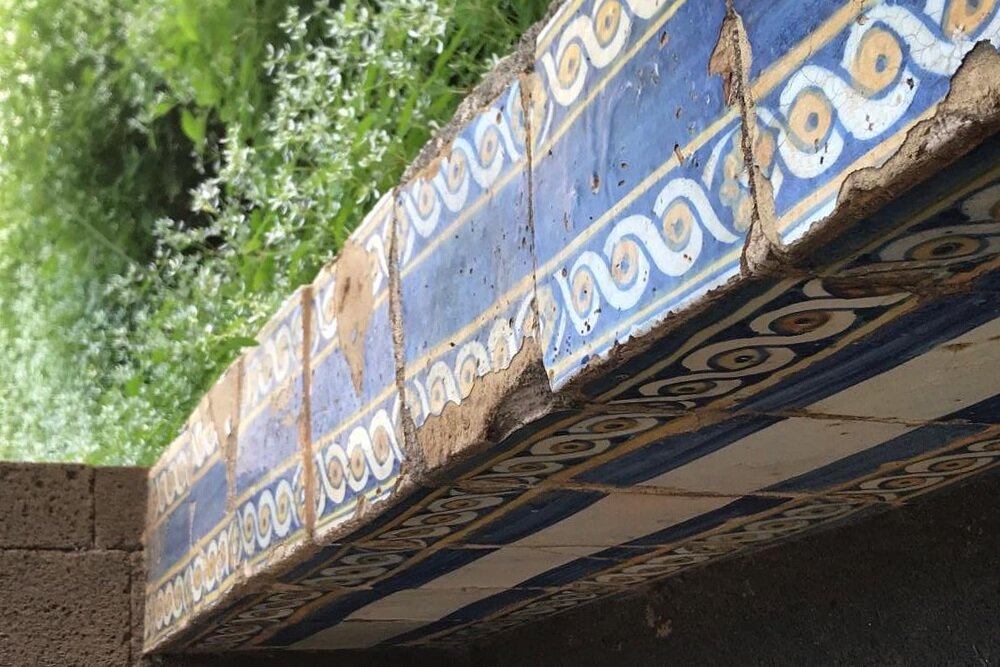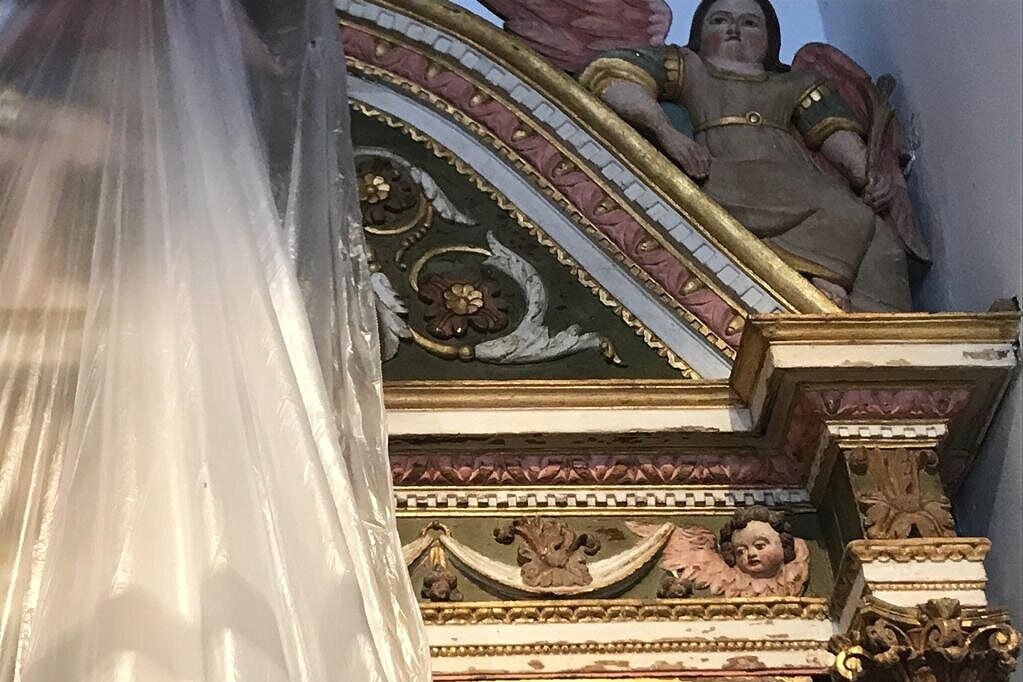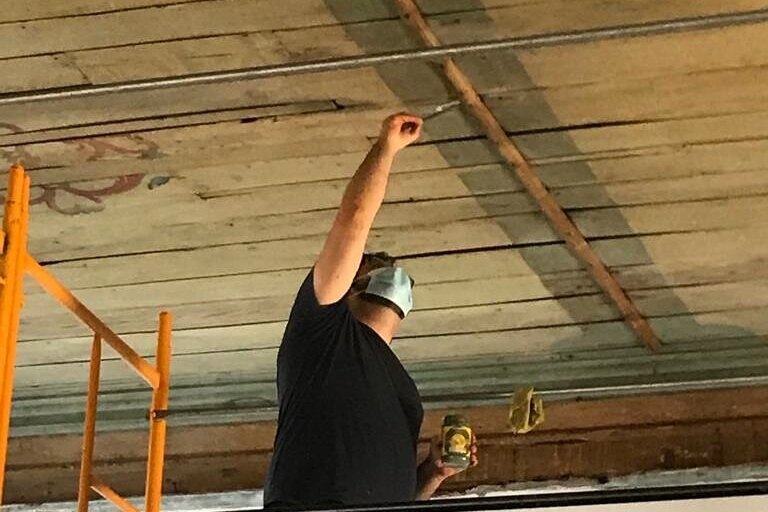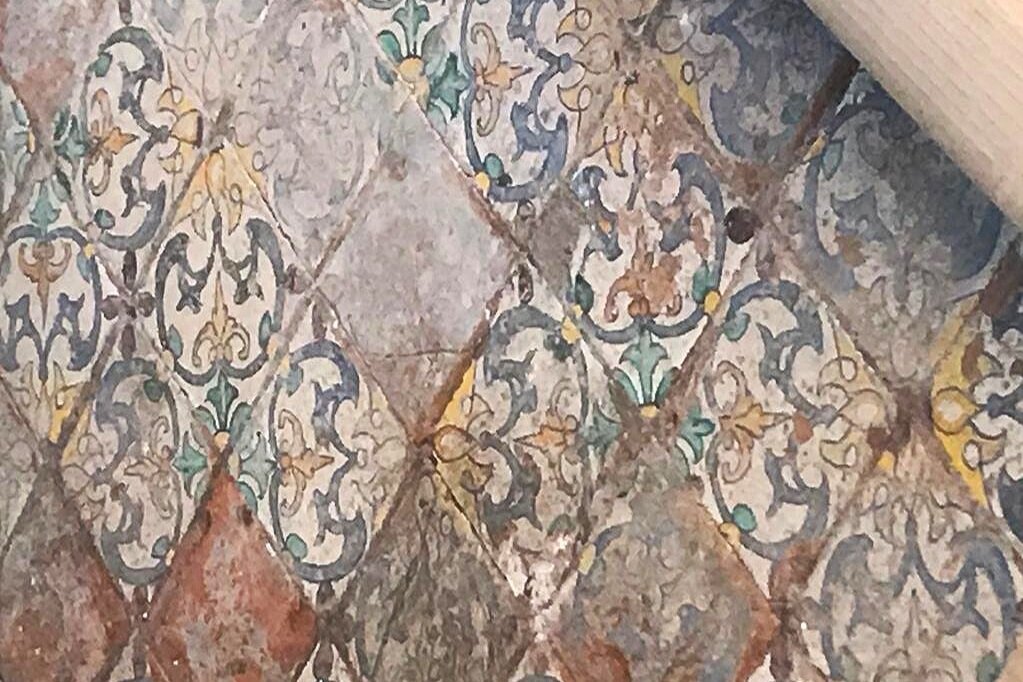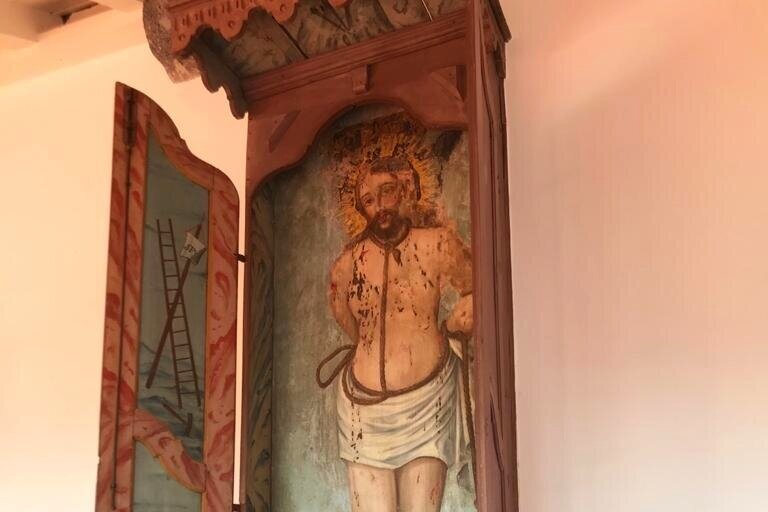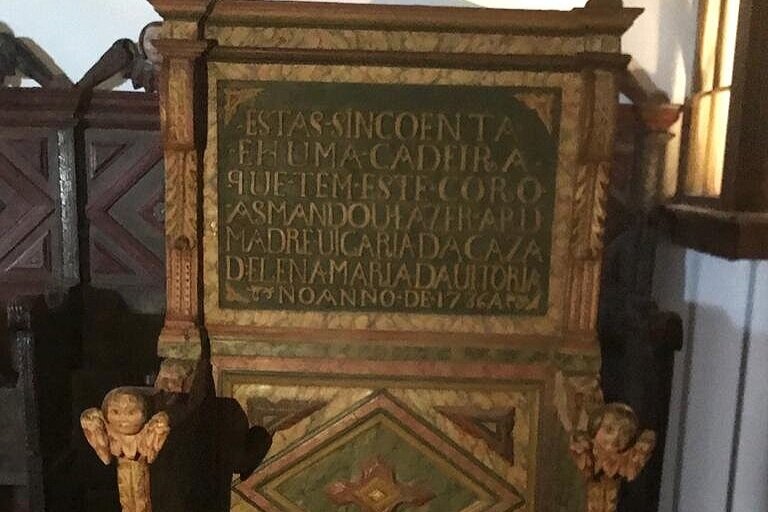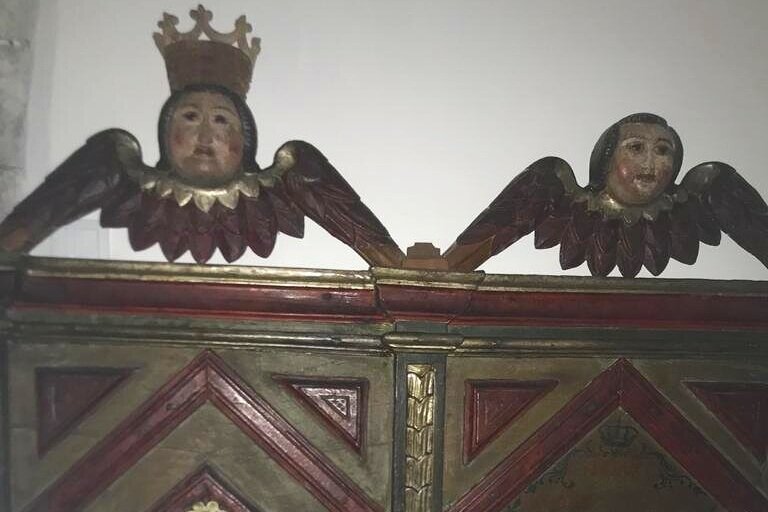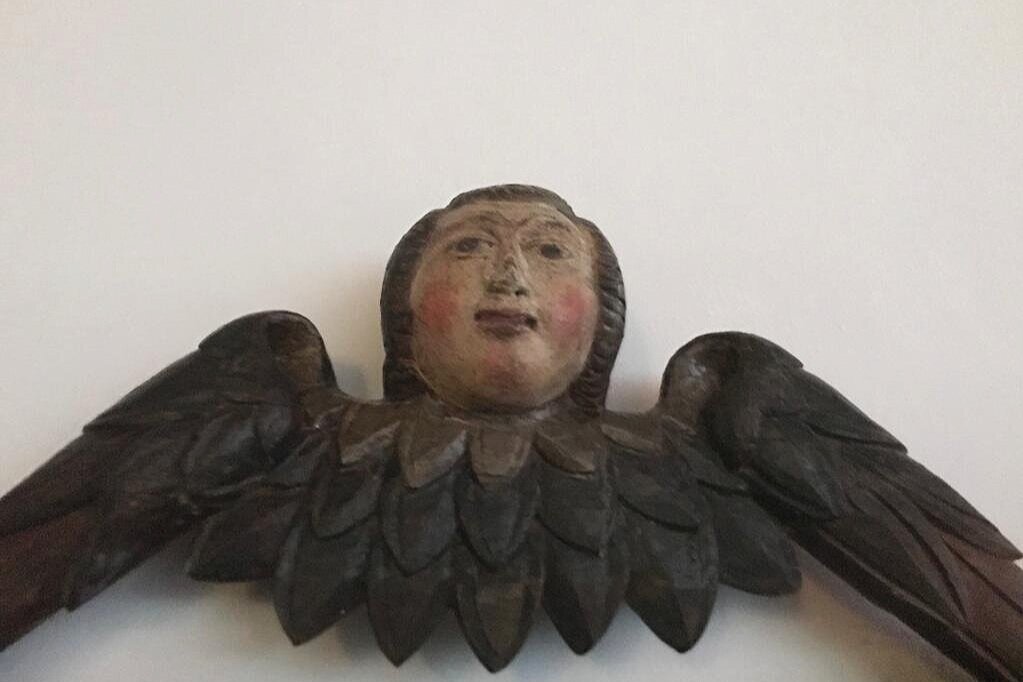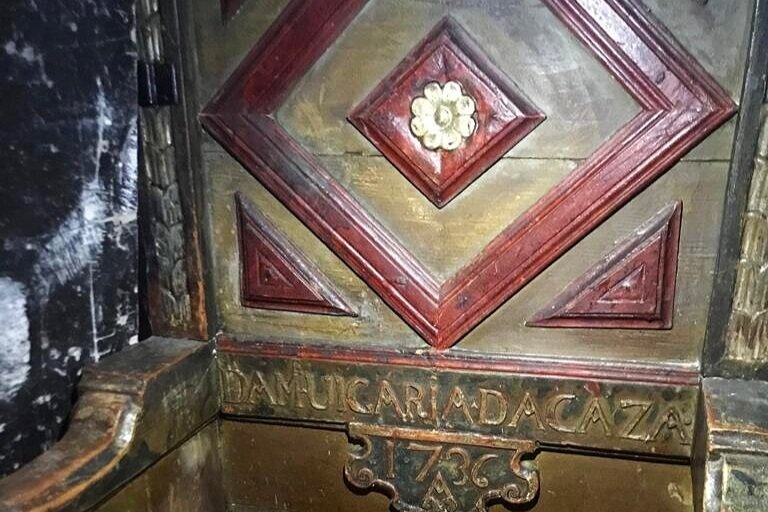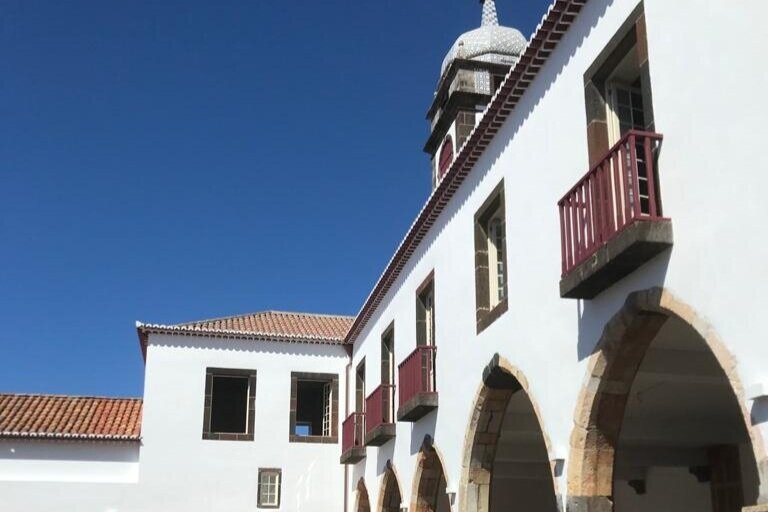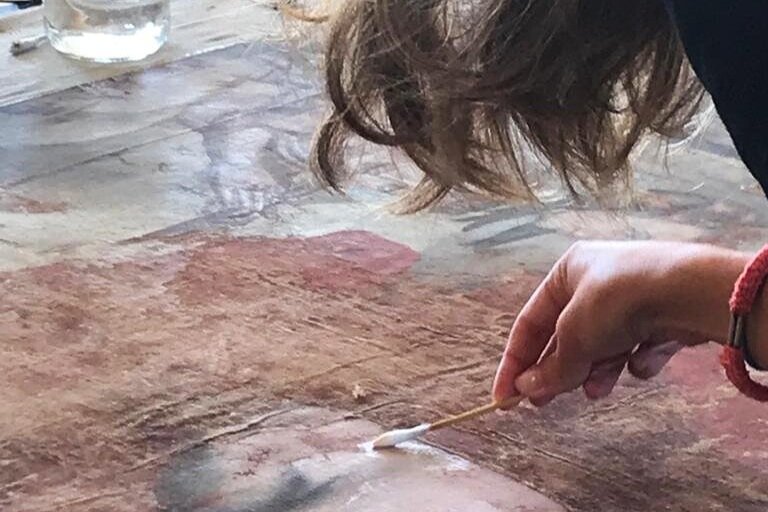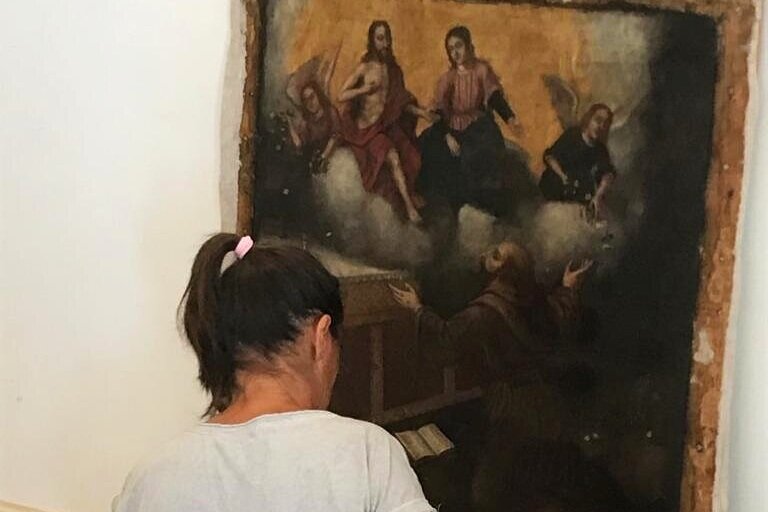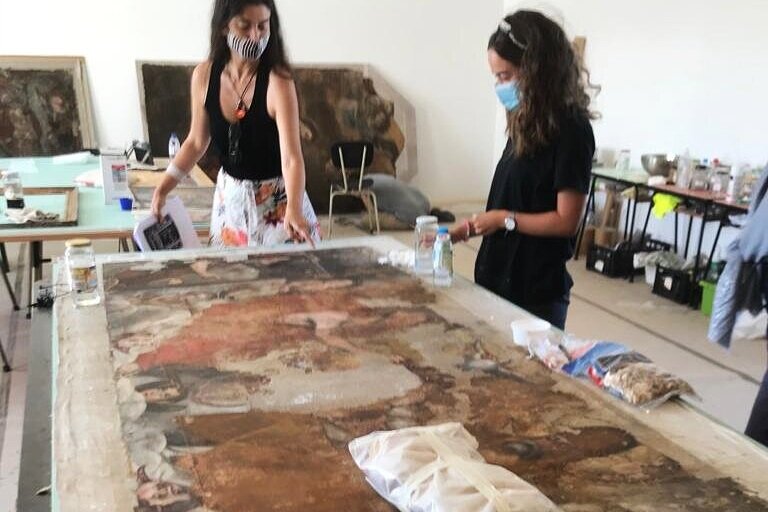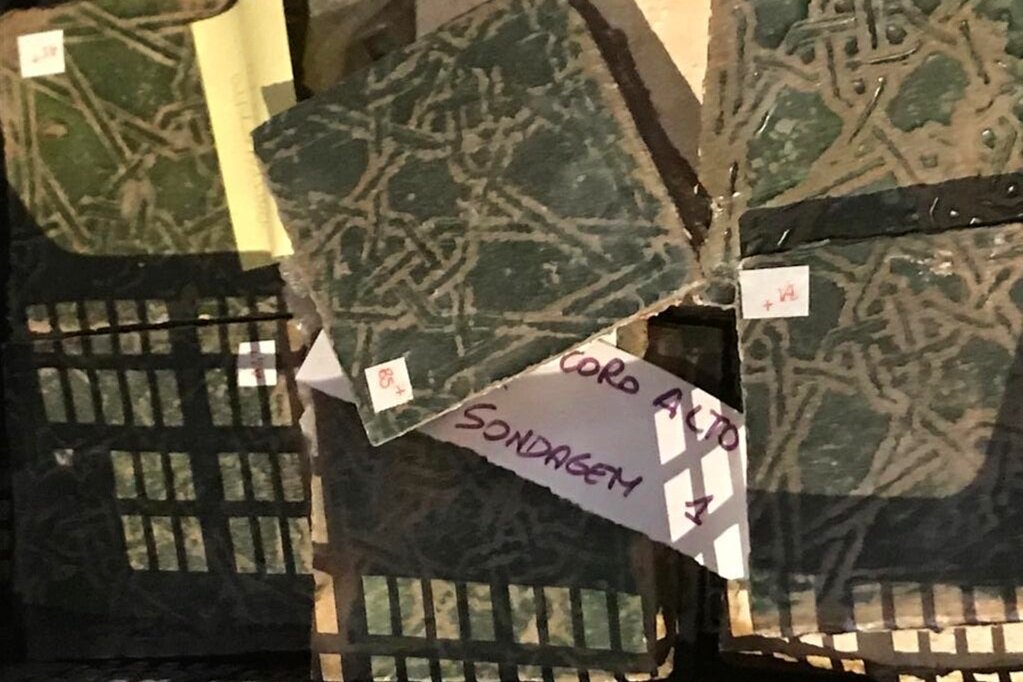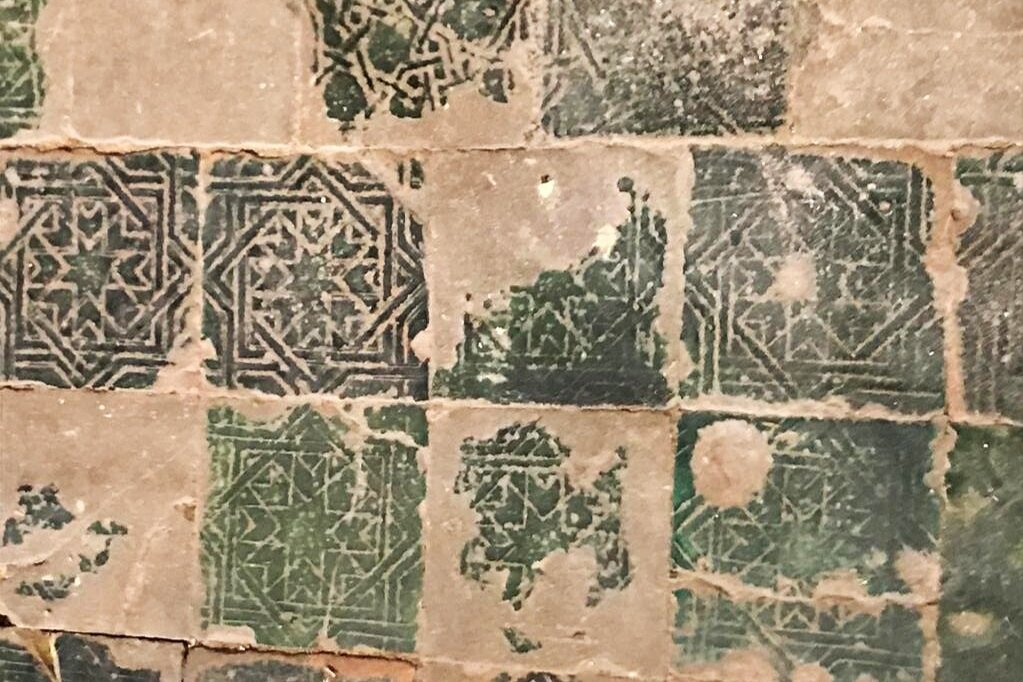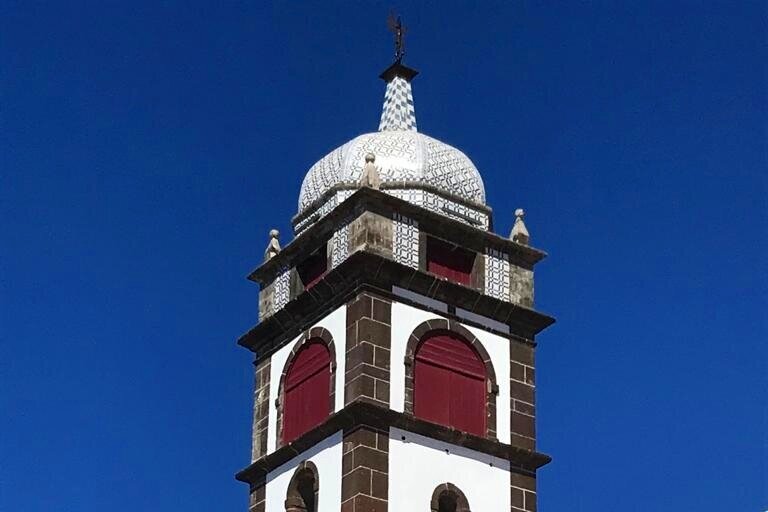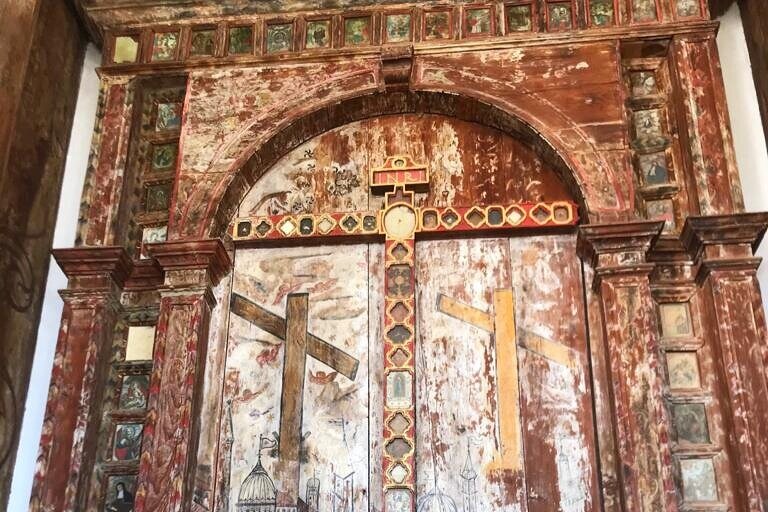EU Site Visits – Historic Renovations
Built for Marketing is growing its footprint and whilst we have always enjoyed working with international clients from our UK base, we are now taking steps to expand our presence in the EU in Portugal and Germany.
This period of research and development in Portugal has allowed us unprecedented access to two of Madeira’s oldest renovation projects, the ceiling of Funchal Cathedral and more recently The Convent of Santa Clara, again in Funchal. The convent is one of Madeira’s most important cultural and historical heritage sites and has been classified as a national monument since 1940.
Built in the Manueline period, XV, in late Gothic style, this monument underwent profound artistic and architectural transformations in the seventeenth and eighteenth centuries, in the baroque period.
Throughout its lifetime the convent has seen the French Corsairs attack in 1566 with the nuns fleeing to the centre of the island now famously known as Nuns Valley, the extinctions of convents in Portugal in 1821 and unbelievably (but true!) a bombing by a German Submarine in 1917 which partially destroyed the chancel. Today the convent is still home to the order of nuns that have been here since 1928.
In December 2018 the Regional Government, with the Regional Secretariat for Tourism and Culture, opened a tender for 1.9M Euro for the global improvement work of the visitable areas of the church and convent. On March 25, 2019, the contract was awarded to TECNOVIA MADEIRA.
I was personally escorted on my private visit by Architect Teresa de Deus Ferreira, whose passion for the project was extraordinary. “The first time I visited the convent was in 2000 and already we were trying to fix some problems. Twenty years later I have the privilege of being part of the team that is doing this amazing rehabilitation intervention. We expect to be able to open to the public next year and to show this beautiful building to all the visitors.”
Teresa’s work with the team, coordinated by Francisco Clode de Sousa, has led them to be treasure hunters and puzzle solvers, with many artefacts being broken and spread across the site. The care in matching detailing, including the traditional tiling some identified as Maiolica (a tin-glazed pottery decorated in colours on a white background dating back to the 16th century), was impressive. The team had researched the convent’s architecture and artworks in minute detail, tracing artefacts from across the site and bringing Alters and key elements of the site back to their visual splendour.
As with my earlier site visit to the Cathedral the renovation of the ceilings, panels and frescos is undertaken with great precision and understanding of the original artwork itself.
So hats off, that’s hard hats until the site is open in 2022 to the public, to the Direção Regional da Cultura team. I have visited many sites in my career in building products, construction, and the built environment but the work undertaken on these projects, on a small island no bigger than two Isle of Wight’s, in the middle of the Atlantic Ocean is outstanding and I couldn’t not share my experience with my wider network.
Words are not enough to convey the beauty of the artefacts and finishes, whilst still a working site, please take a look at the gallery of pictures.

